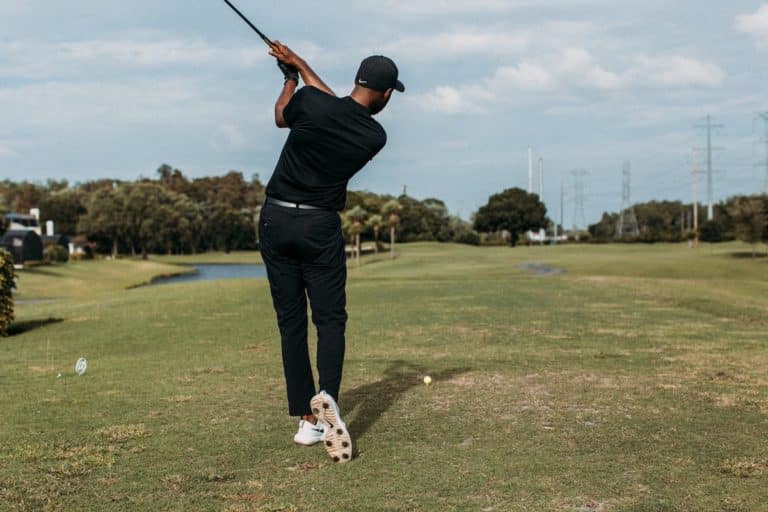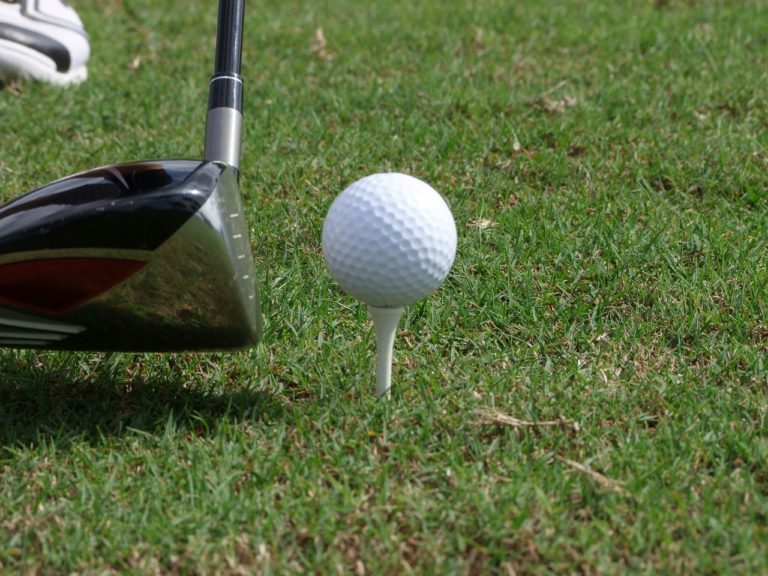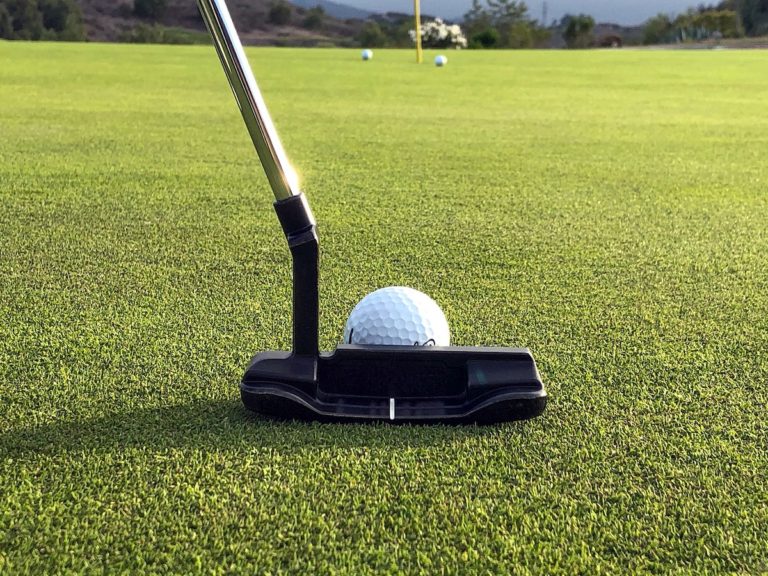Are you struggling to make those short, tricky putts on the golf course? Do you tend to miss 3-footers that should be relatively easy? Don’t worry – putting is a skill that can take time and practice to perfect.
In this article, we’ll give you nine of the best putting tips to help you elevate your game on the greens, lowering your handicap! From mastering different putting stances to using the best grip on your putter, these handy pointers allow any golfer to sink more putts.
So, let’s get started – it’s time for some pro tips on improving your golf game on the green.
9 Best Putting Tips
Focus on Your Putting Aim
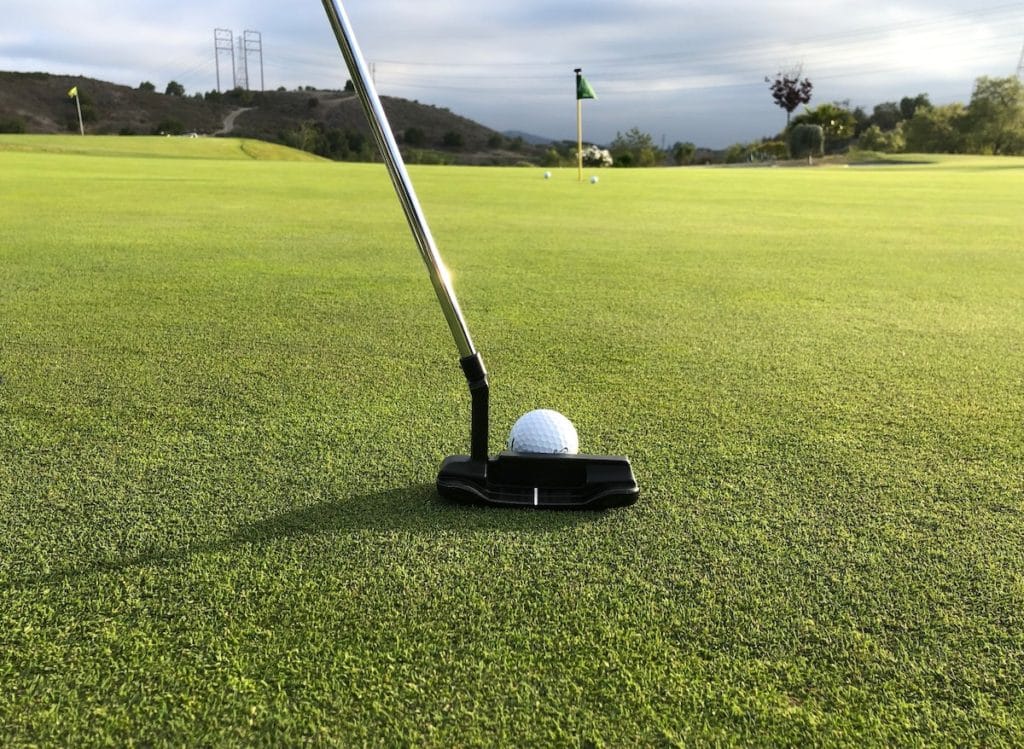
Aiming accurately is fundamental to making more successful putts on the green. When putting, even the slightest misalignment can significantly affect the ball’s roll, causing it to miss the hole.
The key to improving your aim is understanding your ball’s path to reach the hole. You’ll want to consider factors such as distance and slope of the green. By refining your aim, you’ll be able to give your ball a clear and direct path to the hole, increasing your chances of sinking more putts.
Importance of a Good Putting Routine
A good putting routine is crucial for improving your game on the greens. This routine acts as a pre-shot sequence that helps to establish consistency and rhythm in your putting stroke.
A well-established routine promotes a focused mindset and discourages overthinking, which can be detrimental during your round.
Repeating steps in the same order before each putt creates a sense of familiarity that can make your putting stroke more reliable, even under pressure.
Investing time on the putting green to develop a good putting routine will help make you a more confident and successful putter.
Also Read: Mastering the Perfect Ball Position When Putting
Have a Confident Putting Grip
A firm and confident grip on your putter can significantly improve your putting performance. The grip can directly influence the golf ball’s direction, speed, and roll of the golf ball.
A good grip promotes better control and stability of the putter head, allowing you to execute a smoother and more accurate stroke. It can also minimize unnecessary wrist action and ensure the putter face remains square at impact, critical factors in achieving your desired ball path.
So, whether you prefer the traditional reverse overlap, the cross-handed, or the claw grip, remember that a good putting grip is instrumental in making more successful putts.
Avoid the Temptation to Peek
One of the common mistakes golfers make when putting is to ‘peek’ or look up too quickly to see where their golf ball is heading. This might seem harmless, but it can cause your body to shift, leading to an off-center hit or a change in the putter’s path. This can cause your ball to veer off its target line.
Therefore, keeping your head down and your eyes focused on the ball until you’ve completed your stroke is essential. By resisting the temptation to peek, you allow your body to complete a smooth and controlled swing through the ball, increasing the likelihood of a successful putt.
Follow Dave Stockton’s Advice: Putt Over a Spot
PGA professional Dave Stockton suggests a simple yet effective putting drill: always putt over a spot 1-3 inches in front of the golf ball. This approach allows your focus to shift from the hole to a specific spot close to your ball. This spot acts as an intermediate target. Focusing on hitting the ball over this spot can significantly enhance your control over the putt’s direction.
The rationale behind Stockton’s advice is twofold. This technique helps you simplify your putting approach and concentrate on a closer, more manageable target.
Also, focusing on a spot just ahead of the ball ensures a better rolling start for your putt and a more accurate line toward the hole. This method is particularly beneficial when dealing with tricky slopes or longer putts.
Read Every Putt, Even the Short Ones
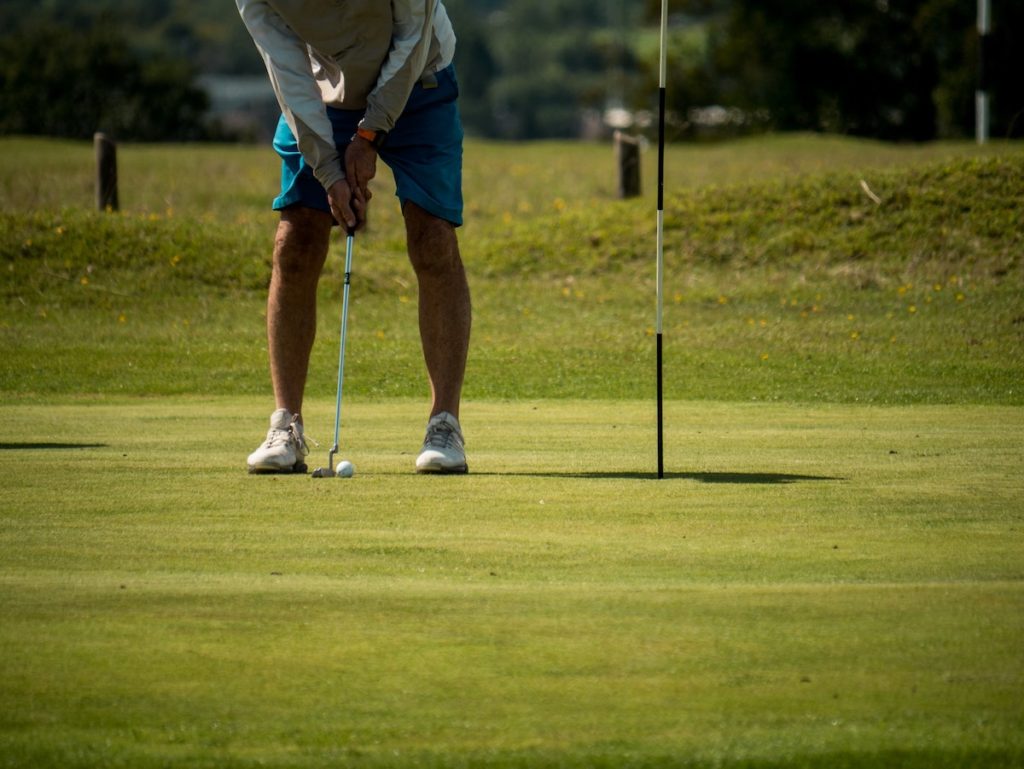
It’s easy to underestimate the importance of building good green reading skills. Not reading putts can lead to unexpected misses on the green. Just because a putt is short doesn’t mean it’s a guaranteed make.
Each putt, regardless of distance, requires your full attention and analysis.
Short putts can often be more challenging than they appear due to subtle variations in the green’s surface, which can significantly affect the ball’s path. Overlooking these changes can lead to missed putts.
Reading every putt lets you better anticipate the ball’s movement and adjust your aim and stroke accordingly.
Limit Your Body Movement for Precision
When it comes to putting, limiting unnecessary body movement can go a long way in enhancing your performance. The art of putting calls for precision, control, and consistency, which can be compromised by excessive motion in your body.
Unlike a full swing, where power is generated through body rotation, putting requires minimal movement, with the focus being on the arms and the hands.
Unwanted body motion, particularly in your lower body, can introduce instability and inconsistency in your putting stroke.
Keep Your Arms Close for a Good Putting Stroke
Positioning your arms during a putt can play a significant role in creating an accurate stroke path. Golfing experts often recommend keeping your arms close to your body during the putting stroke. By doing this, you can ensure a more direct and controlled stroke, reducing the likelihood of any movement of the putter.
When your arms drift away from your body during the stroke, it can cause instability in your putting motion. This leads to less control and accuracy. Conversely, keeping your arms close to your body helps create a cohesive unit between your body and the putter, facilitating a smoother and more consistent stroke.
Enjoy the Game: Fun is a Crucial Putting Tip
Having fun is one of the most overlooked yet vital tips for improving your putting. Golf is a game, and games are meant to be enjoyed. When you approach putting, or any aspect of golf, with a sense of fun and enjoyment, it can positively affect your performance.
The Bottom Line
Improving your putting game requires combining practical techniques and a sound mental approach. By focusing on a spot just ahead of the ball, reading every putt regardless of length, and limiting your bodies movement, you can significantly enhance your consistency on the greens.
Sean’s parents first put a golf club in his hands at the age of 8. He immediately fell in love with the game of golf. Today he’s passing on that love to his own kids.

